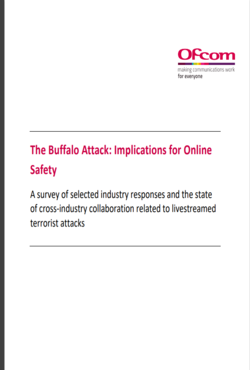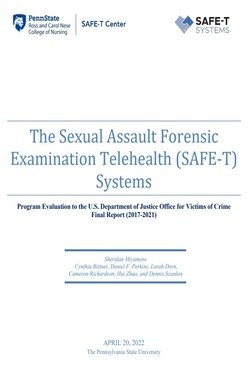By The United Nations Office of the Special Representative of the Secretary-General for Children and Armed Conflict (OSRSG CAAC)
Each year thousands of children are deprived of their liberty in situations of armed conflict, many because of their actual or alleged association with parties to the conflict or on alleged national security-related grounds. The increasing numbers of children being detained is a concern in itself, but also because child detainees are highly vulnerable to a wide range of human rights violations and abuses, including conflict-related sexual violence (CRSV). The vast majority (over 95%) of children detained in armed conflict are boys. So, although all children are at risk of sexual violence in detention settings, and girls are disproportionality impacted by CRSV generally, this discussion paper focuses on how detained boys are exposed to the risk of CRSV in particularly high numbers and examines possible responses to this. Based on available data, rape and other forms of sexual violence against males, including boys, are reported more frequently in situations of deprivation of liberty than in most other settings. Although many, possibly most, incidents are never reported, CRSV against boys deprived of their liberty has been documented in recent years in countries including Afghanistan, Central African Republic (CAR), Iraq, Myanmar, Nigeria, South Sudan, Syria and Yemen. Most documented incidents relate to boys held by state security forces but CRSV against boys deprived of their liberty by non-State armed groups (NSAGs) has also been reported. In both instances, CRSV has been used as a form of torture, to punish, to extract information or to exert authority. In some contexts, it is also committed by other detainees. Chronic under-reporting of CRSV in general, combined with challenges involved in gathering data in detention settings, means that the true scale of the problem is not known and the risks to, vulnerabilities of, and impacts on young detainees are poorly understood. This, by extension, hampers efforts to effectively prevent and respond to it. However, CRSV in detention settings is not a standalone issue, but must be addressed as part of broader, ongoing efforts to protect children in situations of armed conflict. It is also necessarily a collective endeavour, requiring dedicated attention from a wide range of different stakeholders.
New York: United Nations, 2022. 44p.





















